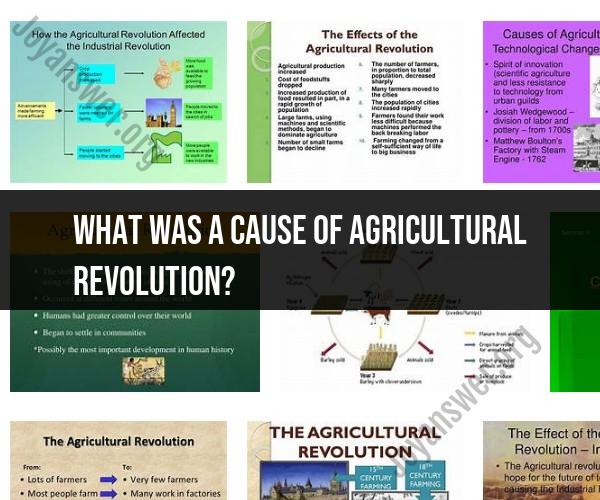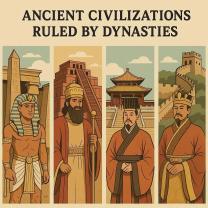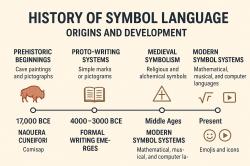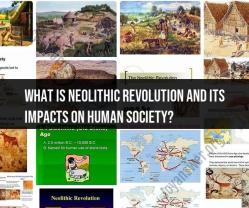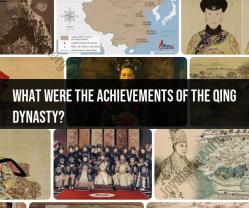What was a cause of Agricultural Revolution?
The Agricultural Revolution was a major turning point in human history, characterized by the transition from a nomadic, hunter-gatherer lifestyle to settled agriculture. Several factors and causes contributed to the emergence of the Agricultural Revolution:
Climate Change: Changes in global climate patterns, particularly the end of the last Ice Age around 10,000 BCE, played a significant role. Warming temperatures and the retreat of glaciers created more favorable conditions for plant growth and the migration of game animals. These changes made it more feasible for humans to engage in agriculture.
Domestication of Plants: Early humans began experimenting with the cultivation of wild plants. Over time, they learned to select and cultivate those plants with desirable traits, such as larger seeds or grains, better taste, and higher yields. This led to the development of agriculture.
Domestication of Animals: Alongside plant cultivation, humans also domesticated animals. Taming and breeding animals for various purposes, including food, labor, and transportation, made it possible to establish permanent settlements and led to the development of agricultural societies.
Population Pressure: As human populations grew, the availability of natural resources from hunting and gathering became increasingly limited. This population pressure encouraged people to seek new ways of obtaining food and resources, leading to the exploration of agriculture.
Sedentary Lifestyle: Agriculture allowed people to adopt a more sedentary lifestyle. Instead of constantly moving to find food, they could settle in one place to cultivate crops and tend to domesticated animals. This sedentary lifestyle laid the foundation for permanent communities and the development of civilizations.
Innovation and Experimentation: Early agriculturalists innovated and experimented with various farming techniques, tools, and crop varieties. This trial-and-error approach contributed to the development of more efficient and productive farming methods.
Environmental Factors: The availability of fertile soil and access to water sources (rivers, lakes, and irrigation systems) played a crucial role in the success of agriculture. Regions with favorable environmental conditions were more likely to witness the emergence of agricultural societies.
Social and Cultural Shifts: The transition to agriculture brought about changes in social and cultural practices. It led to the establishment of property rights, the development of more complex social structures, and the emergence of organized religions and rituals centered around agriculture.
Food Surplus: Agriculture allowed for the production of surplus food, which could sustain larger populations and support individuals engaged in non-food-producing occupations, such as artisans and traders.
Technological Advancements: The need for more efficient farming methods led to the development of agricultural tools and implements, such as plows, hoes, and sickles. These tools improved agricultural productivity.
It's important to note that the Agricultural Revolution did not occur uniformly or simultaneously across all regions of the world. It emerged independently in different parts of the world over thousands of years, including the Fertile Crescent (modern-day Middle East), China, the Indus Valley, Mesoamerica, and other regions. These various causes and factors collectively contributed to the transition from a hunter-gatherer society to an agricultural one, shaping the course of human history.
The Agricultural Revolution was a period of rapid change in human history that marked the transition from hunter-gatherer societies to agricultural societies. It began around 10,000 years ago in the Middle East and spread to other parts of the world over the next few thousand years.
The Agricultural Revolution was caused by a number of factors, including:
- Climate change: The end of the last Ice Age led to warmer temperatures and more predictable rainfall patterns, which made agriculture possible in new areas.
- Population growth: As the human population grew, hunter-gatherer societies began to put increasing pressure on the environment. This led to the need for new sources of food, which agriculture could provide.
- Technological advancements: The development of new tools and techniques, such as the plow and the sickle, made agriculture more efficient and productive.
- Social and cultural changes: The development of agriculture may have led to the development of more complex social structures and hierarchies.
The Catalysts of Change
The following were some of the key catalysts of the Agricultural Revolution:
- The domestication of plants and animals: The domestication of plants and animals allowed humans to produce a more stable and reliable food supply.
- The development of new agricultural tools and techniques: New agricultural tools and techniques, such as the plow and the sickle, made agriculture more efficient and productive.
- The development of irrigation systems: Irrigation systems allowed humans to grow crops in areas with less rainfall.
- The development of new social and economic systems: The development of agriculture led to the development of new social and economic systems, such as land ownership and trade.
The Agricultural Transformation
The Agricultural Revolution transformed human societies in a number of ways.
- It led to a population boom: Agriculture allowed humans to produce more food, which led to a rapid increase in population.
- It led to the development of cities and civilizations: As human populations grew, they became more concentrated in certain areas. This led to the development of cities and civilizations.
- It led to increased social and economic inequality: As populations grew, social and economic inequality increased. This was due to a number of factors, including the privatization of land and the development of new technologies that favored the wealthy.
- It led to environmental degradation: As populations grew and agriculture expanded, it led to environmental degradation, such as deforestation and soil erosion.
Conclusion
The Agricultural Revolution was a period of rapid change in human history that had a profound impact on human societies. It led to a population boom, the development of cities and civilizations, increased social and economic inequality, and environmental degradation.
The Agricultural Revolution is still being studied by scientists today, and new discoveries are being made all the time.
